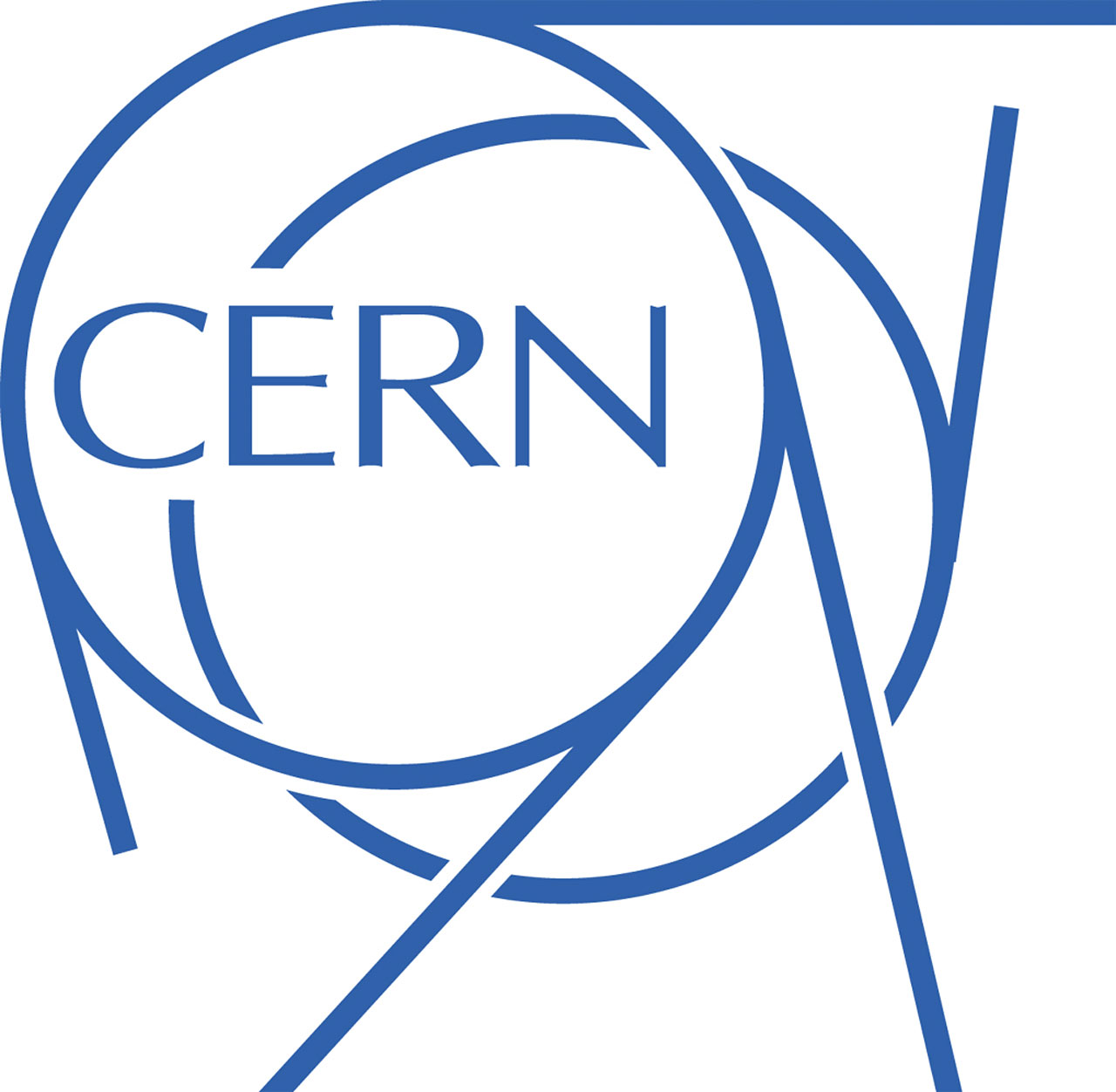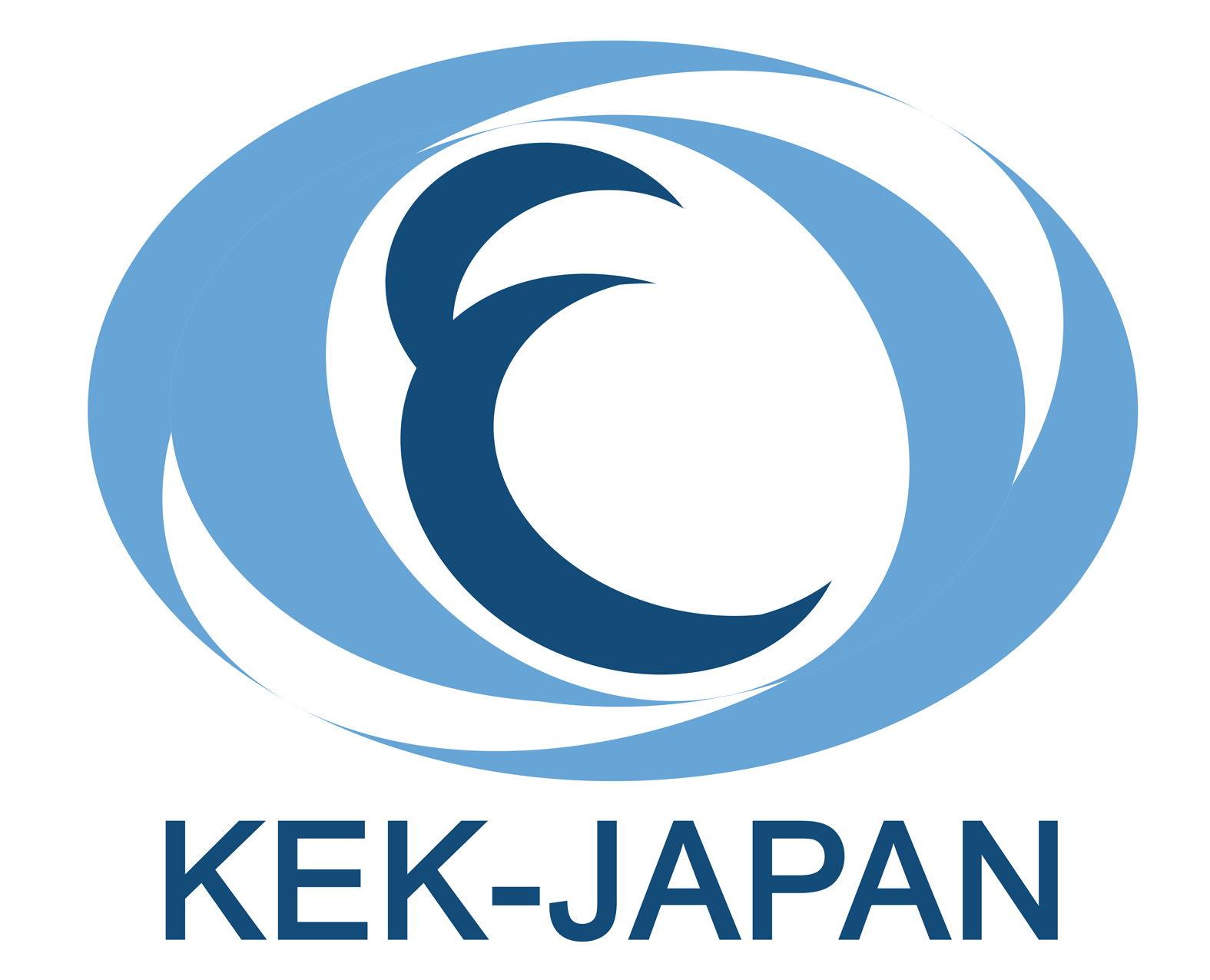Scientific Facilities
Members of the Department of Physics have access to the ETH research platforms, to excellent large-scale infrastructure in Switzerland and to major international research centres.
FIRST
FIRST is a high-tech facility for science and education. We are open both to ETH users and to users from external institutes and from industry. Our services cover high-level infrastructure support, training and education of users on the equipment, and scientific and technical consulting. FIRST is a user lab with more than 200 users who carry out their research in FIRST and benefit from our infrastructure.
ScopeM
The Scientific Center for Optical and Electron Microscopy (ScopeM) was established in 2014 through the merger of ETH Zurich’s electron (EMEZ) and light microscopy (LMSC) facilities. ScopeM maintains state-of-the-art microscopy equipment and supports a variety of interdisciplinary research and training programs as well as methodological research in microscopy.
Binnig and Rohrer Nanotechnology Center
The Binnig and Rohrer Nanotechnology Center is located on the campus of the IBM Zurich Research Laboratories in Rüschlikon. The building hosts a state-of-the-art cleanroom facility, as well as office and laboratory space for researchers from ETH Zurich. The cleanroom has class 100 and class 1000 bays with micro- and nanofabrication capabilities.
PSI
CERN
CERN, the European Organization for Nuclear Research, is one of the world's largest and most respected centres for scientific research. Its business is fundamental physics, finding out what the Universe is made of and how it works. At CERN, the world's largest and most complex scientific instruments are used to study the basic constituents of matter — the fundamental particles. By studying what happens when these particles collide, physicists learn about the laws of Nature.
Fermilab
Fermi National Accelerator Laboratory (Fermilab) is America’s premier laboratory for particle physics and accelerator research, funded by the U.S. Department of Energy. Thousands of scientists from universities and laboratories around the world collaborate at Fermilab on experiments at the frontiers of discovery.








